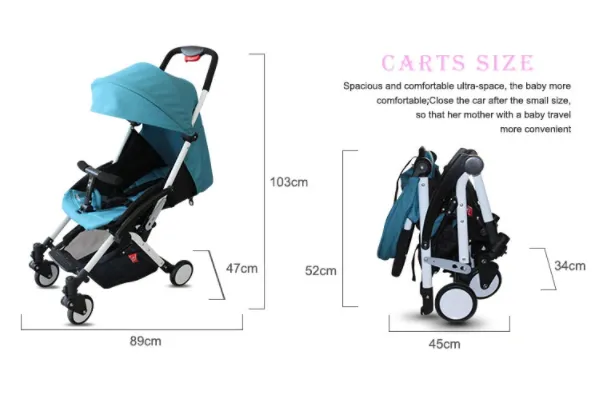
- Afrikaans
- Albanian
- Amharic
- Arabic
- Armenian
- Azerbaijani
- Basque
- Belarusian
- Bengali
- Bosnian
- Bulgarian
- Catalan
- Cebuano
- Corsican
- Croatian
- Czech
- Danish
- Dutch
- English
- Esperanto
- Estonian
- Finnish
- French
- Frisian
- Galician
- Georgian
- German
- Greek
- Gujarati
- Haitian Creole
- hausa
- hawaiian
- Hebrew
- Hindi
- Miao
- Hungarian
- Icelandic
- igbo
- Indonesian
- irish
- Italian
- Japanese
- Javanese
- Kannada
- kazakh
- Khmer
- Rwandese
- Korean
- Kurdish
- Kyrgyz
- Lao
- Latin
- Latvian
- Lithuanian
- Luxembourgish
- Macedonian
- Malgashi
- Malay
- Malayalam
- Maltese
- Maori
- Marathi
- Mongolian
- Myanmar
- Nepali
- Norwegian
- Norwegian
- Occitan
- Pashto
- Persian
- Polish
- Portuguese
- Punjabi
- Romanian
- Russian
- Samoan
- Scottish Gaelic
- Serbian
- Sesotho
- Shona
- Sindhi
- Sinhala
- Slovak
- Slovenian
- Somali
- Spanish
- Sundanese
- Swahili
- Swedish
- Tagalog
- Tajik
- Tamil
- Tatar
- Telugu
- Thai
- Turkish
- Turkmen
- Ukrainian
- Urdu
- Uighur
- Uzbek
- Vietnamese
- Welsh
- Bantu
- Yiddish
- Yoruba
- Zulu
Oct . 09, 2024 17:17 Back to list
Steps to Properly Adjust a Mountain Bike Rear Derailleur for Optimal Performance
Adjusting a Rear Derailleur on a Mountain Bike
Maintaining your mountain bike's performance is crucial, especially when tackling challenging terrains. One of the key components that require regular adjustment is the rear derailleur. The rear derailleur is responsible for shifting the chain between different cogs on the cassette, allowing for smooth gear transitions. Properly adjusting it ensures optimal performance and extends the lifespan of your drivetrain. Here’s a detailed guide on how to adjust a rear derailleur effectively.
Tools Required
Before you begin, gather some essential tools a Phillips screwdriver, a 5mm Allen wrench, and a chain checker. Optionally, having a bike stand can make this process easier.
Step 1 Inspect the Derailleur
Start by visually inspecting the rear derailleur. Look for any signs of damage, misalignment, or dirt build-up. Clean the derailleur with a soft cloth and degreaser if necessary. Check that the derailleur hanger is straight; a bent hanger can lead to shifting problems.
Step 2 Set the Limit Screws
The rear derailleur has two limit screws, labelled 'H' (high) and 'L' (low), which control how far the derailleur can move. Shift your bike to the smallest chainring in the front and the smallest sprocket in the back. Adjust the ‘H’ screw so that the derailleur is aligned perfectly under the smallest sprocket without rubbing against it. Next, shift to the largest sprocket and adjust the ‘L’ screw to ensure that the derailleur doesn’t overshift and cause the chain to derail.
adjusting a rear derailleur on a mountain bike

Step 3 Adjust the B-Screw
The B-screw adjusts the angle of the derailleur relative to the cassette. Proper adjustment helps maintain optimal chain tension. To tune it, shift to the largest sprocket and measure the distance between the guide pulley and the sprocket. A gap of 4-6mm is usually ideal. Adjust the B-screw accordingly to achieve this distance.
Step 4 Indexing the Gears
Next, it's time to fine-tune the indexing. Shift through all the gears while pedaling and observe if the chain shifts smoothly. If it hesitates or skips, use the barrel adjuster located on the derailleur or shifter. Turning the barrel adjuster clockwise will tighten the cable tension, while counterclockwise will loosen it. Make minor adjustments and test the shifting until you achieve smooth transitions.
Step 5 Final Test Ride
Once adjustments are made, take your bike for a test ride. Pay attention to how the bike shifts under load, especially when climbing or accelerating. If issues persist, you may need to revisit your adjustments.
Conclusion
Properly adjusting your rear derailleur will greatly enhance your mountain biking experience. With a little practice, these adjustments can be done easily at home, ensuring that your bike performs at its best on every ride. Regular maintenance keeps your bike in top shape and ready for any adventure that lies ahead!
-
The Ultimate Kids' Four-Wheeler Experience
NewsJul.09,2025
-
The Ultimate Guide to Mountain Bikes: Gear Up for Your Ride
NewsJul.09,2025
-
The New Age of Cycling: Electric Bikes for Every Rider
NewsJul.09,2025
-
The Best Kids Bicycles: Ride in Style and Safety
NewsJul.09,2025
-
The Best 3-Wheel Scooters for Kids: Fun, Safety, and Adventure
NewsJul.09,2025
-
Revolutionize Your Ride: Affordable Electric Bikes
NewsJul.09,2025
-
Finding the Perfect Mountain Bike for Every Rider
NewsJul.09,2025



